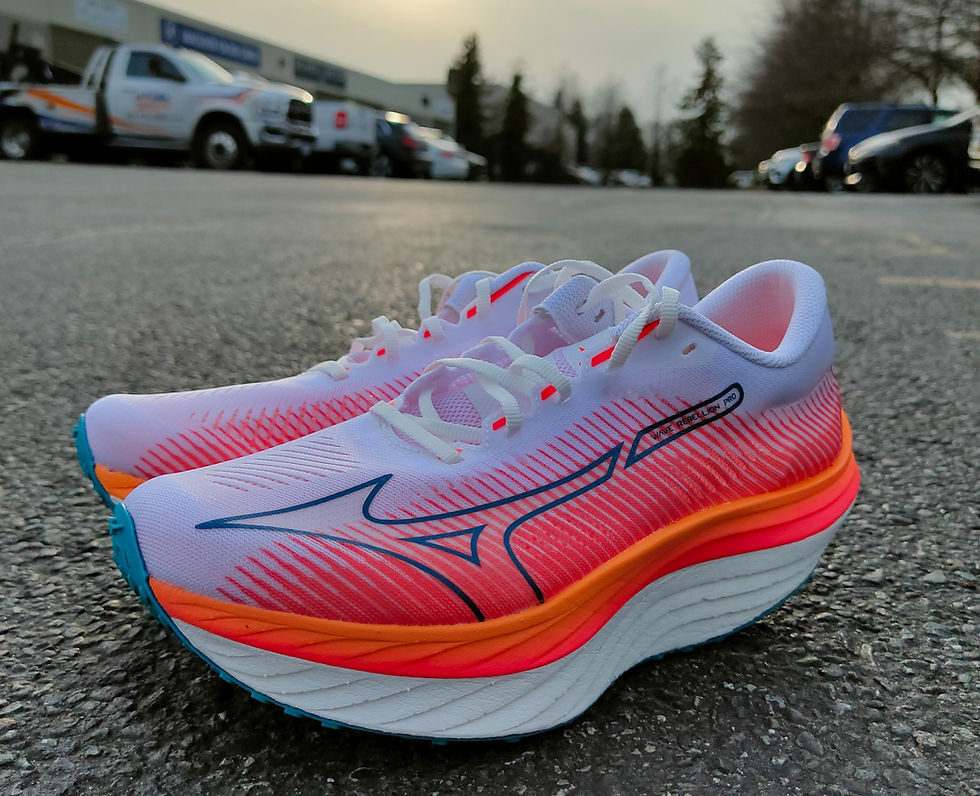INJURY WOAHS.
- Brendon Ip

- Aug 2, 2022
- 2 min read

With the 2022 TCS London Marathon fast approaching, I've been on the hunt to ramp up my training - doing more strength and conditioning as well as introducing more speed training into my schedule, all while still increasing my weekly mileage.
The past 2 months of training however has not been without its share of frustrations. With 8 weeks of high volume completed, every day has been a back and forth fight with my heel which has been acting up. After consulting numerous other physiotherapist colleagues - the general consensus was that while the presentation was unique, that it was a stubborn case of plantarfasciitis (an irritation of the plantar tissues stemming from the increased training volume/impact). The problem solver in me however doubted this as the referral pattern of pain was atypical. As plantarfasciitis progresses, pain typically spreads towards the balls of the foot but I was experiencing referral pain into the heel. To get some clarity, I decided to consult a podiatrist and received a diagnosis of calcaneal bursitis (irritation of the fat pad under the heel - unfortunately still due to the increase in training volume).
The solution? Decrease impact.
As an experienced clinician and avid runner, I always caution newer therapists to consider the implications of simply "decreasing training volume" as it comes with its own consequences. Particularly with long distance running, each run and week of training affects subsequent weeks of training which is different than missing a soccer game for example whereby participation the next week isn't hindered as much. It doesn't mean that the decision to decrease training volume is the wrong one but solely that considerations need to be taken before prescribing this kind of rest.
Losing a week of training can be more detrimental to a runner's marathon build than continuing to train. It does however, depend on the runner. Is the condition getting worse? Is the quality of the training suffering? How long has the injury been around? What does next week's mileage look like? And lastly, how long until the race date? As I take these factors into account, I've made the decision to keep my mileage steady (as opposed to the scheduled increase to 85KM) as a compromise. Taping my foot even on days where I'm not running in order to offload the bursa (fat pad) as much as possible. In addition to this, I'll be supplementing with some strength and conditioning to keep the fitness high and use this phase to gain some strength. It's definitely not ideal but this won't deter me from running a personal best marathon.
Nobody ever said that the training was going to be easy or pain-free. And I wouldn't have it any other way.






Houston Jewelry also stands out by offering lab-grown diamonds in various colors and shapes. They highlight the affordability Lab Grown Diamond Jewelers TX of these diamonds, noting that they are available at a fraction of the price of natural diamonds.